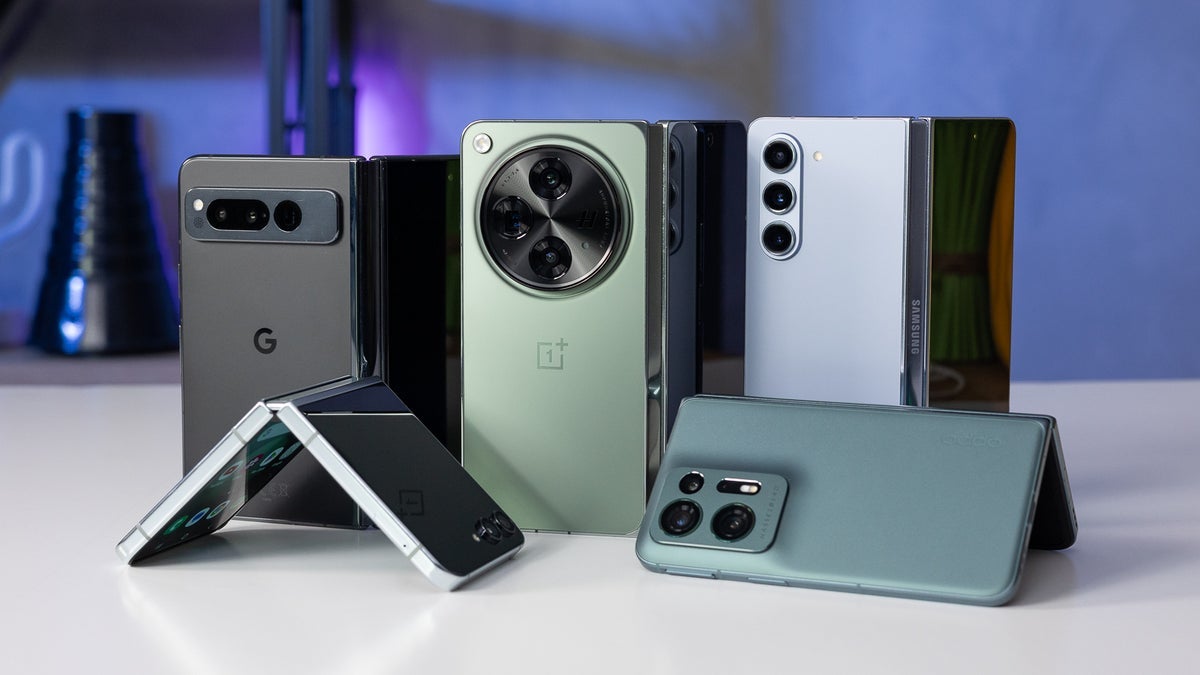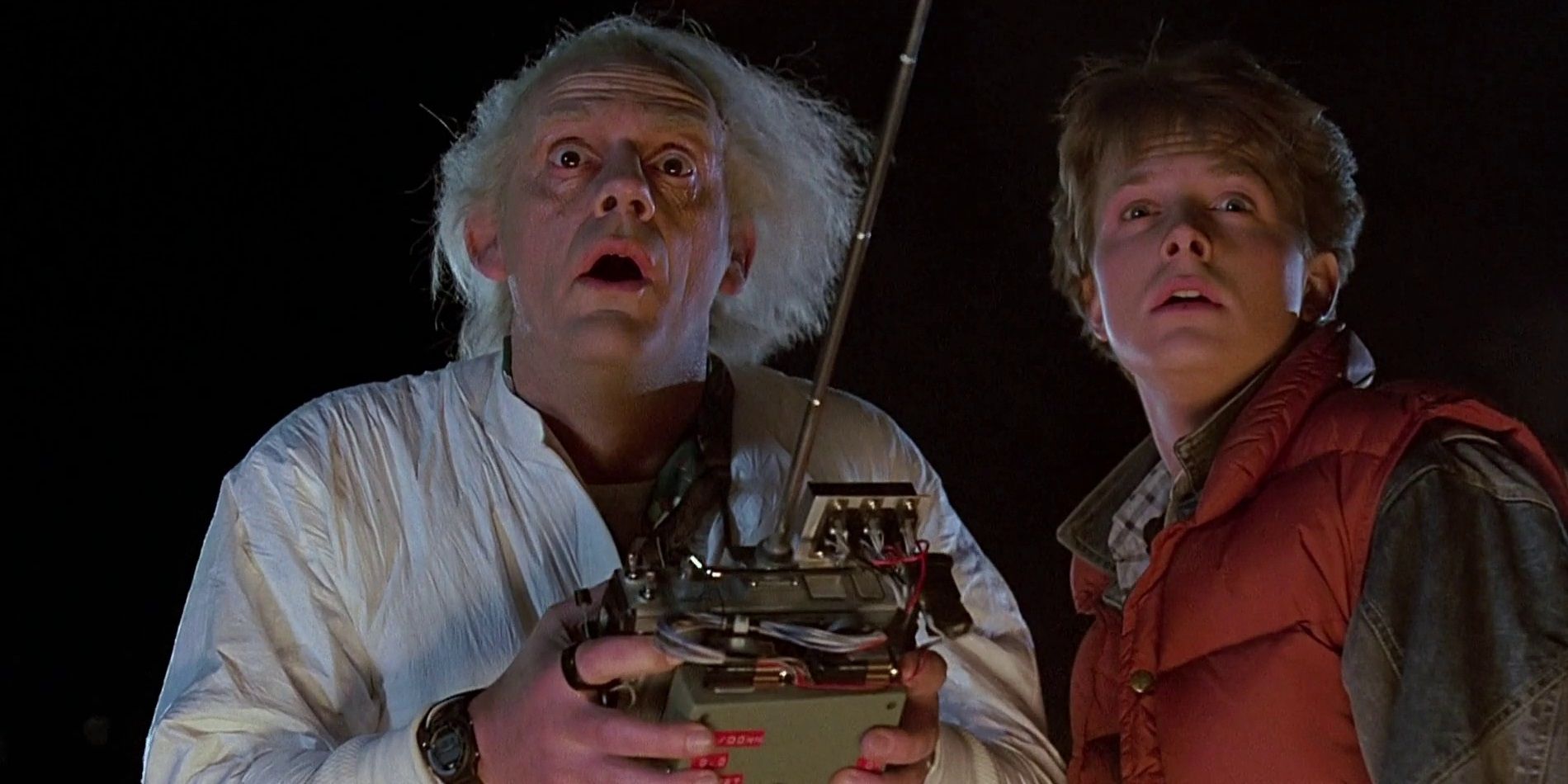Tech
I look down on tri-folds, but I'm happy we're finally over the “vertical era”

The foldable phone revolution is unfolding (that was obvious) as we speak. However, the innovation race isn’t stopping with just simple, “boring” and well-known folding devices like Samsung’s Galaxy Z Fold or the Google’s Pixel Fold series.
It’s more than that.
In a bid to redefine what a smartphone can be, manufacturers are toying around with new form factors, with tri-folding smartphones now at the forefront. Huawei has already made history by launching the first commercially available tri-folding phone, the Mate XT, but Samsung is rumored to be right on their heels.
Samsung’s tri-fold ambitions

Samsung’s plans are impressive. | Image credit – United States Patent and Trademark Office
You may’ve stumbled across this hot piece in recent days:
Samsung’s reputation as a pioneer in foldable phone technology for the masses is well established, although Samsung’s popularity may take a blow from thinner and cheaper foldables from Chinese competitors. Now, Samsung is eager to push beyond the boundaries of its popular Z Fold and Z Flip cha(m)ps.
Leaks and insider reports suggest that Samsung is preparing to launch its first tri-fold smartphone, likely in 2025. According to a recently approved patent, the device will feature an intricate design aimed at enhancing durability – a key concern for foldables, which could be seen as “fragile” compared to traditional smartphones. Which are in return far more fragile than monsters like the Nokia 3310.
So, the patent reveals a sophisticated engineering approach. Samsung’s tri-fold will reportedly use strategically placed openings that help distribute pressure evenly during the folding and unfolding process. This should reduce the risk of creasing and extend the screen’s longevity.
In addition to this, the device may include layers of stainless steel or glass support plates to provide extra sturdiness, along with an anti-reflective resin coating for better screen visibility. The tri-fold is expected to include a protective shield underneath the display to prevent dust and debris from entering the mechanism, as well as a cushioning system to safeguard the device from drops and impacts.
Not bad, not bad at all. But will it be any good?
Huawei got there first


The Huawei Mate XT is a looker. | Image credit – Huawei
Huawei made headlines with its Mate XT, the world’s first commercially available tri-foldable smartphone. This device is not just a technological marvel but also a statement of intent from Huawei, showcasing its willingness to innovate even in the face of stiff competition and US sanctions.
The Mate XT features a unique dual-hinge design that allows it to unfold into a massive 10.2-inch display, blurring the line between a smartphone and a tablet. It offers users the flexibility to use it in a variety of configurations, making it a versatile tool for both productivity and entertainment.
The Mate XT’s pricing, however, places it firmly in the luxury category, with the base model starting at $2,800 and going up to $3,369 for the 1 TB variant. Scalpers are reselling it for much more than that, though.
Huawei’s decision to launch the Mate XT just a day after Apple’s iPhone 16 line wasn’t coincidental – it was a strategic move aimed at highlighting its own cutting-edge innovations in contrast to more conventional smartphone designs.
The Mate XT is mind-bogglingly thin when fully unfolded, measuring just 3.6mm, making it the thinnest foldable phone on the market. It comes packed with flagship features, including a powerful quad-camera system, a large battery with fast charging, and Huawei’s proprietary Kirin 9010 5G chipset. Additionally, it supports two-way satellite calling, a unique feature that allows users to make calls even in areas without traditional cellular or Wi-Fi coverage.
While all of this sounds amazing, I’m actually not sold on the tri-folding idea.
Are tri-foldables actually worth it?


The Huawei Mate XT is hu-u-ge. | Image credit – PhoneArena
While tri-fold smartphones like the Huawei Mate XT and the rumored Samsung model sound exciting on paper, they raise important questions about practicality and durability for me.
The complex mechanisms required to enable a tri-fold design make these devices inherently more fragile. For instance, the Mate XT’s repair costs are alarmingly high, with screen replacements alone costing upwards of $1,100. Given that the device features three separate screen sections, any damage could result in a significant financial hit for users. Even opting for screen replacement insurance, which costs between $491 and $561, may not provide sufficient peace of mind for everyone. Ouch!
It’s not just that. While having a larger, tablet-like display is appealing, the device’s form factor may be clumsy in everyday use. Handling a phone that folds at two points can be tricky, especially for tasks that require one-handed operation. Furthermore, the added thickness when folded and the increased weight could make the device cumbersome to carry around, negating some of the advantages of its stellar design.
It’s all about speed and effectiveness these days. I can live with the idea of having to open a “standard” foldable with a single hand movement, if that lands me twice the screen real estate.
I can’t imagine having to unfold a tri-fold every time I want to unleash its full potential, though.
That’s why I go for…
The golden mean


The OnePlus Open is a beast. | Image credit – PhoneArena
I’m not advocating for the complete and utter annihilation of tri-foldables. These fancy gadgets are an important step forward in the evolution of mobile devices. An amazing step, even. Even if they don’t become mainstream, they will likely push the entire foldable category to new heights. Manufacturers will learn valuable lessons from these complex devices, leading to improved designs and innovations that will trickle down to more affordable foldable models.We are living through a new era of smartphone design. The vertical slab form factor that dominates the landscape today will be replaced by foldables that offer a wider, more immersive screen experience.
Foldables mimic a desktop-like interface when opened, which is the reason for my obsession with these toys.
So many people have forgotten what a joy it is to use a proper, horizontal (square-ish, really) screen instead of the limiting vertical display of the slab phone.
After all, our eyes are placed horizontally. A fact that we’ve been neglecting for far too long.









